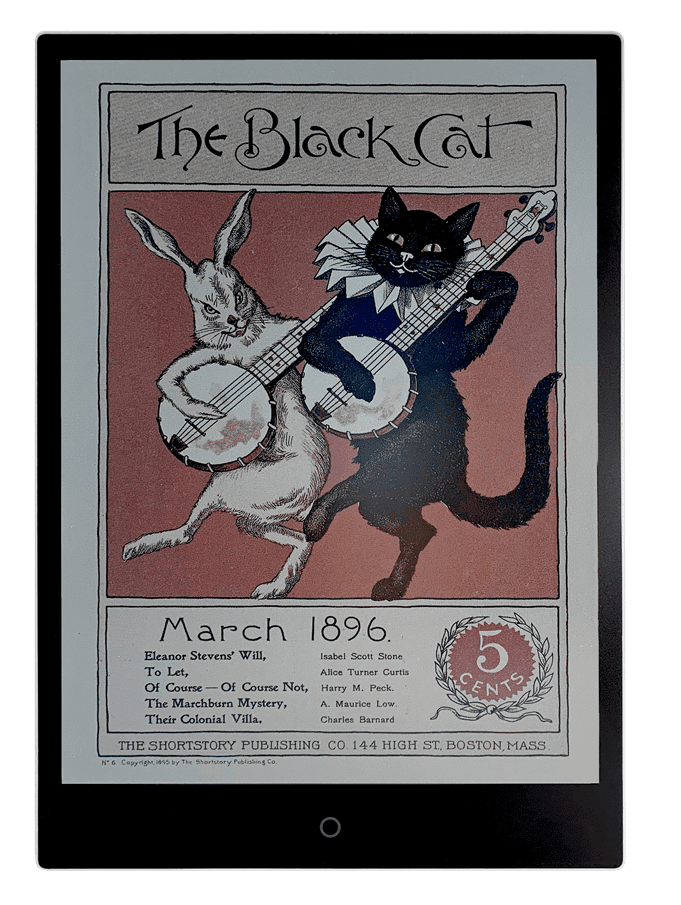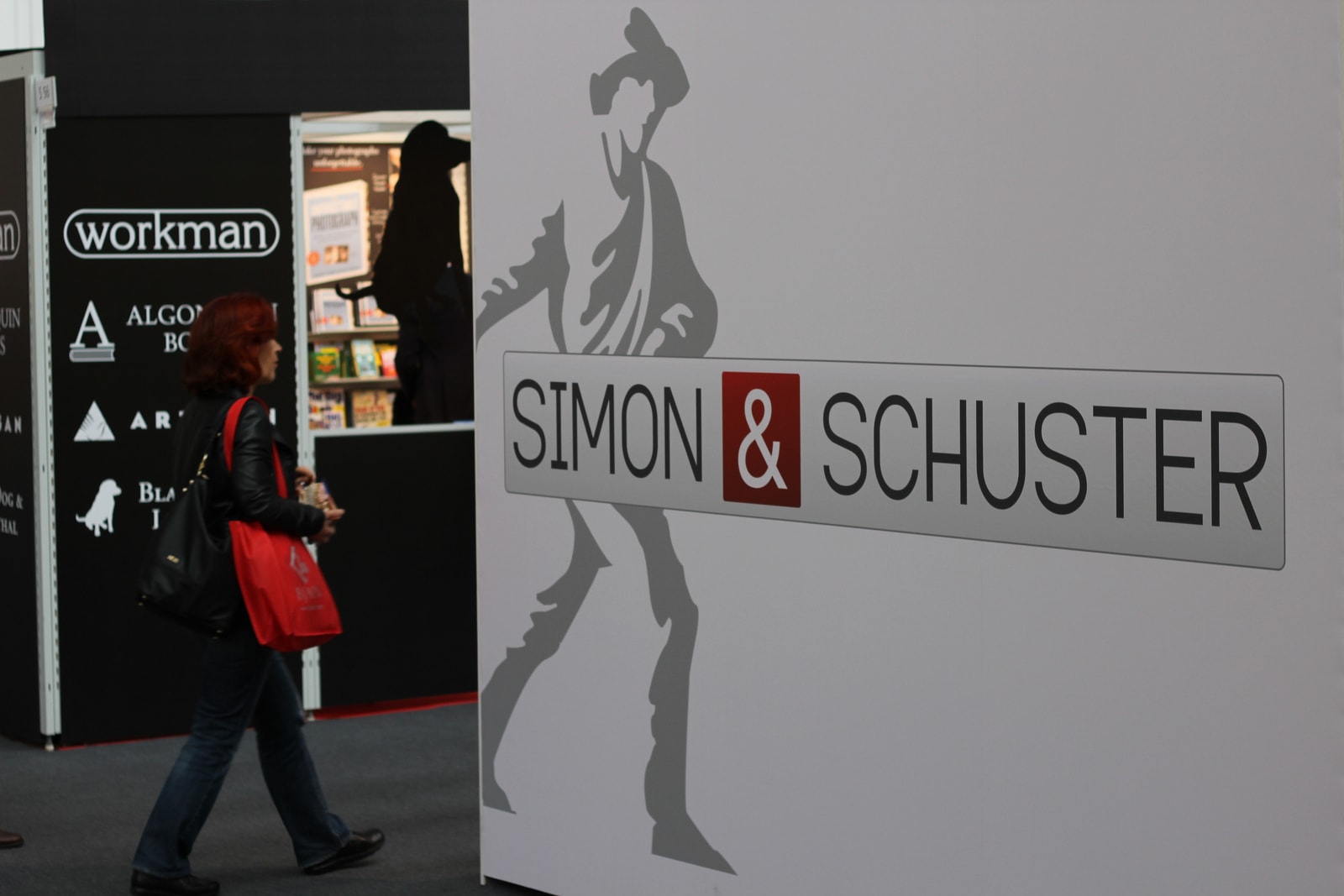All You Need to Know About the E-ink Kaleido Screen Tech

With several new color ereaders (such as the Onyx Boox Poke 2 Color) launching in 2020, everyone is wondering just what kind of screen tech is going into the new devices.
And now I have the answer.
E-ink’s new screen tech is called Kaleido, as I have previously reported. This is a reference to kaleidoscopes, those toys "with two or more reflecting surfaces tilted to each other in an angle, so that one or more objects on one end of the mirrors are seen as a regular symmetrical pattern when viewed from the other end".
A Kaleido E-ink screen does not have a new type of E-ink screen. Instead, it pairs a Carta HD E-ink screen with a color filter layer. This is similar in design to the older Triton color E-ink screens, although obviously with a much higher resolution and better color quality.
The Carta screen is capable of displaying 16 shades of gray at a resolution of 300 PPI, which the color filter layer is responsible for converting into 4096 colors at a resolution of 212 PPI.
Edit: Color screen resolution is unknown. Some sources say this screen tech can display color at 212 PPI, while Pocketbook says the screens going into their device have a color resolution of 100 PPI. (I trust Pocketbook.)
(BTW, it’s worth noting that E-ink made a similar claim about the Triton being capable of displaying 4096 colors, but that screen never lived up to the promise. It remains to be seen if the new Kaleido screens will pull it off.)
A back of the envelope calculation shows that the Kaleido screens require two grayscale pixels for each color pixel. This raises interesting questions which E-ink has not yet answered. 4096 colors is 2^12 colors. The intensity of a color is controlled by the grayscale pixels underneath, and the Carta HD screen is capable of displaying 16 shades of gray, so theoretically the Kaleido screen should be capable of displaying 2^15 colors (32,768).
Edit: With Pocketbook saying this screen is capable of displaying 100 PPI in color, it suggests that each color pixel requires 4 grayscale pixels.
I have asked E-ink about the discrepancy, and will report back.
In the mean time, here’s the new screen in action on the Onyx Boox Poke2 Color.


Comments
Disgusting Dude April 24, 2020 um 12:09 pm
It sounds like they’re doing color via chroma/luma channels, the way analog TV did.
If you’re talking two layers– one at 4bits of depth (Carta) for luminance– you need 8 bits of depth on the filter layer (croma) to get 4096 shades, which is 12 bits. So you would need 8 bits of depth on the color filter unless you use dithering or use more than one physical pixel per color pixel. Tge latter is much more likely.
And to add complexity, there remains the question of how the filter color pixels are assembled: as stripes, triads, or quads. So depending on how they measure pixel separation both numbers could refer to the same screen, with one reporting the total width of a triad or quad and the other reporting the distance between subpixels.
(This used to be an issue with LCD triad-based screens where some manufacturers reported same-color sub-pixel pitch (say, red to red) measuring only pixels on the same horizontal path, while others reported the subpixel to subpixel pitch in a single triad (say red to green) on a zig-zag path.)
It may be the filter uses a 2×2 pixel matrix on a 212 dpi (non carta) layer. So 100dpi is the full addressable pixel resolution and 200 is the sub-pixel resolution. If they use subpixel antialiasing the apparent resolution might be better than an unprocessed 100dpi image but not as good as a true 200dpi image.
Personally, I wouldn’t worry about color resolution as much as brightness, saturation, and color purity.
For the kind of material that might find a 6″ color ereader useful (chapter books, maybe manga and cookbooks) 100 dpi will suffice. If contrast and saturation is adequate.
The biggest problem with Triton (and the other reflective technologies to date) has been brightness and saturation. So if they’re going to get good enough color, the lighting is going to have to be strong. Battery life may be a trade-off.
Those photos and videos?
I’d want to know how much light and where it comes from as well as continuous use battery life before even considering one of these things as an alternative to a tablet. Even as a chapter book reader for kids.
LCD sets a high bar on image quality, pricing, and depending on the price, battery life.
Still not sure there is enough market for this tech for Kobo, much less Kindle.
More details about E Ink’s new color displays for eReaders (and maybe smartphones) April 24, 2020 um 12:10 pm
[…] Now we know a little more — thanks to a video of the upcoming Onyx Boox Poke2 Color eReader and some details compiled by Nate at The Digital Reader. […]
Tommy D. April 25, 2020 um 1:29 pm
In all the screenshots I’ve seen the colors look washed off, sort of like the Pebble Time smartwatch screen.
Kobo Nia to Sport a 6" Carta E-ink Screen | The Digital Reader June 17, 2020 um 8:59 pm
[…] ereader would have a color E-ink screen? I withdrew that prediction when I learned that the new color E-ink screens had a screen resolution (in color) of only 100 ppi, and now I am glad I […]
Pocketbook Color Launched in Europe – 6" Color E-ink Screen, 199 Euros | The Digital Reader July 29, 2020 um 9:25 am
[…] Pocketbook Color uses one of E-ink’s new Kaleido screens to display up to 4096 colors while preserving all the unique properties of E-ink […]
Hands On With the Pocketbook Color | The Digital Reader July 30, 2020 um 4:01 pm
[…] Pocketbook Color features the new Kaleido E-ink screen, and this screen tech is a vast improvement on E-ink’s two previous generations of color […]
Pocketbook Color Now Available from Newegg for $229 | The Digital Reader August 25, 2020 um 5:48 pm
[…] (at 300 ppi) or color (at 100 ppi). It is capable of displaying color because it uses one of E-ink’s new Kaleido screens to display up to 4096 colors while preserving all the unique properties of E-ink […]
Bigme S3 Spo3rts a 7.8" Color E-ink Screen, Costs $544 | The Digital Reader February 10, 2021 um 9:00 am
[…] ereader has a 7.8″ Kaleido E-ink screen with frontlight and capacitive touchscreen. It runs Android 8.1 on an octa-core 1.8GHz CPU with 2GB […]